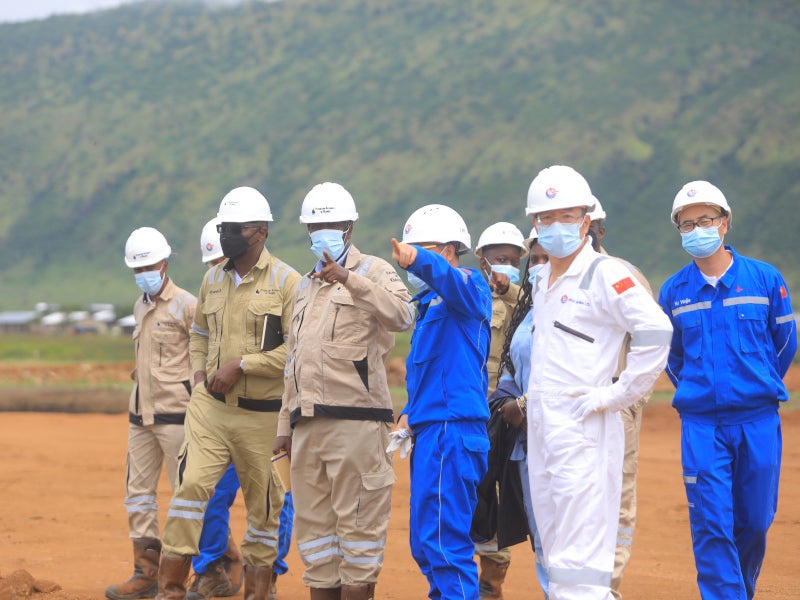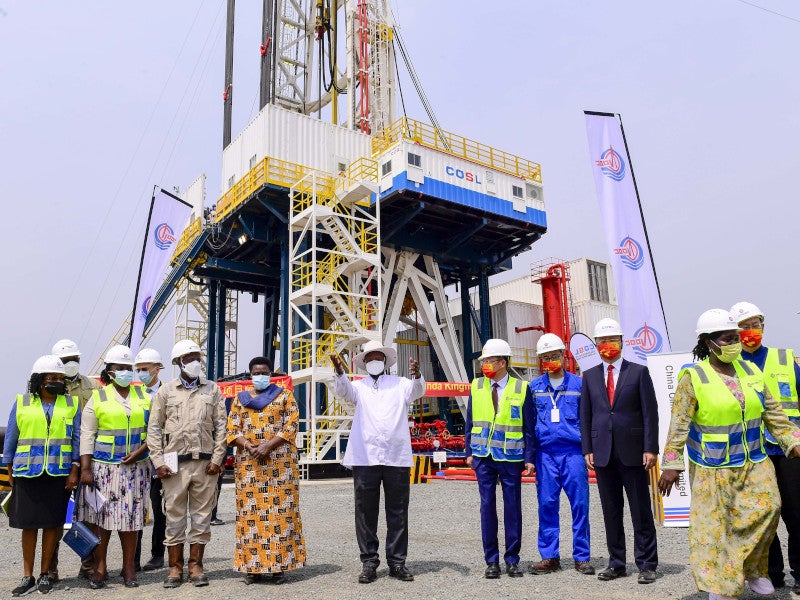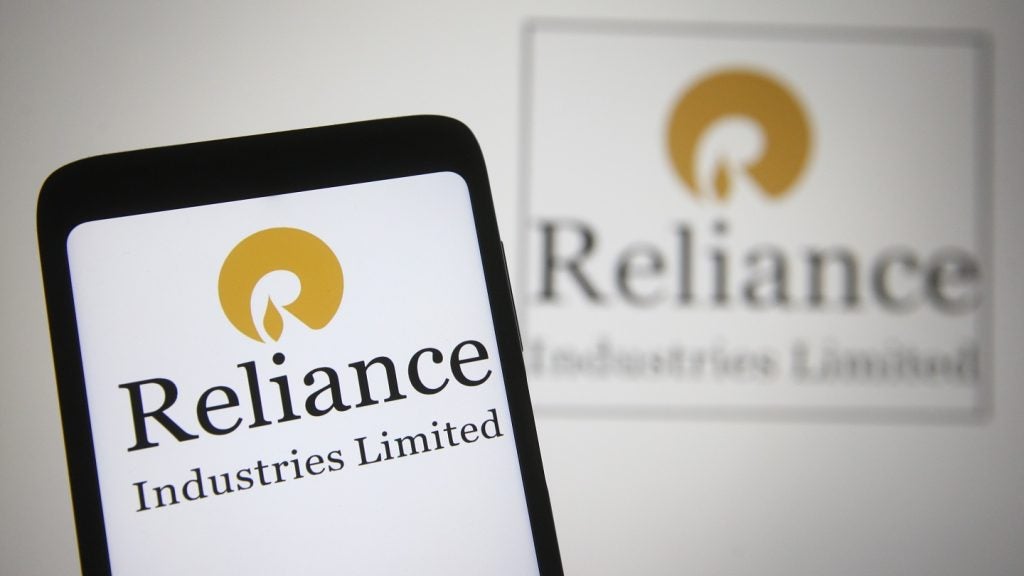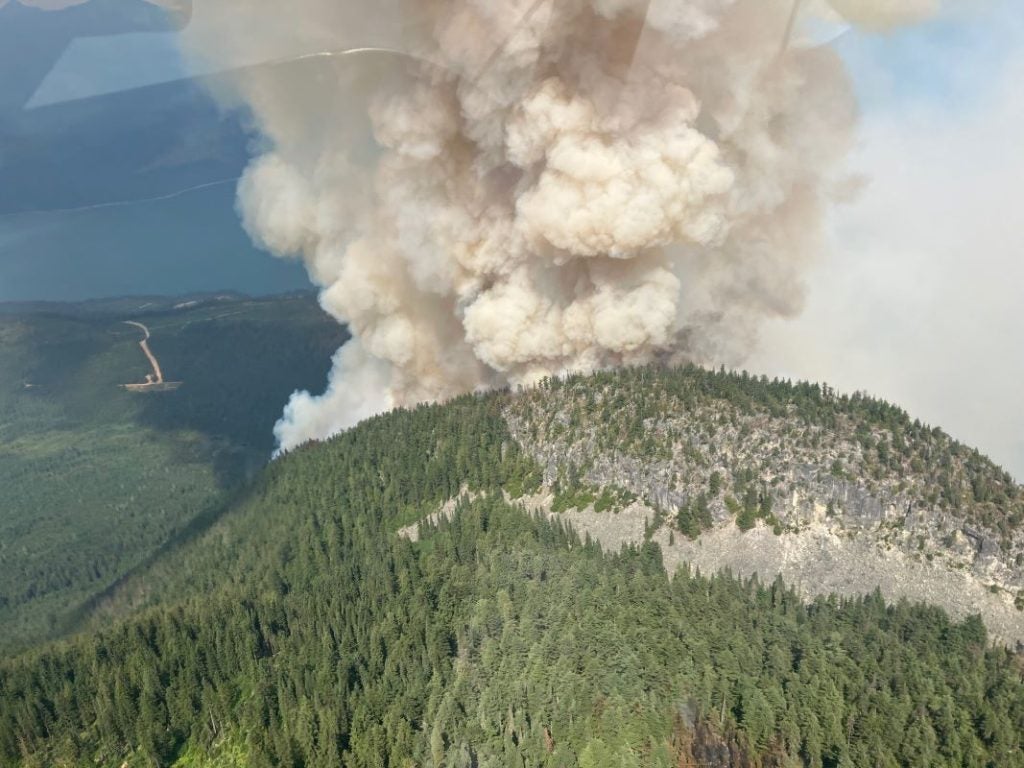The Kingfisher oil field is located in the Kikuube District of Uganda and will be the first commercial oil field in the country.
The field is being developed by a partnership of oil and gas companies: TotalEnergies E&P, (56.67%), China National Offshore Oil (CNOOC), (28.33%), and Uganda National Oil Company (15%). CNOOC Uganda, a subsidiary of CNOOC, serves as the operator of the field.
The development of the field, earlier known as Exploration Area 3A (EA-3A block), was originally initiated by oil and gas companies Heritage Oil and Gas and Tullow Oil. The two companies sold their entire share in the field to TotalEnergies and CNOOC in 2012.
The production licence for the development of the field was granted to the operator in 2013. The environmental and social impact assessment report of the project was approved by the National Environment Management Authority of Uganda in March 2020.
The final investment decision for the project was made in February 2022. The developers are expected to invest approximately $2bn (Ush7.53trn) in the project over the next three years. The construction at the project site started in February 2022 and the drilling of the well on the field commenced in January 2023.
The field development created more than 1,500 local employment opportunities.
Location of the Kingfisher oil field
The Kingfisher field is located in the Lake Albert Rift basin in Uganda’s Kikuube District, approximately 2km below Lake Albert.
Kingfisher oil field: geology and reserves
The field measures approximately 15km in length and 3km in width.
It contains light sweet crude oil with an API of between 30° and 32° with a low gas-oil ratio and some associated wax.
The field is estimated to hold 560 million barrels of oil (mbbl) and is anticipated to produce 190mbbl of oil for 20–25 years.
Discovery and exploration of the Kingfisher field
The Kingfisher field was discovered in August 2006 by the Kingfisher-1 well.
Three more wells, namely Kingfisher-1A, Kingfisher-2 and Kingfisher-3, were drilled. The Kingfisher-1A and Kingfisher-2 wells demonstrated the potential of the field, while Kingfisher-3 demonstrated the potential of the southern flank of the field, significantly increasing the extent of the field.
In February 2009, the Kingfisher-3A sidetrack well was drilled to a depth of 2,712m and encountered a 90m gross oil-bearing interval and a 22m net oil pay. The well-intersected Upper Miocene reservoir intervals of the Kingfisher-1A and Kingfisher-2 wells.
Kingfisher field development
The Kingfisher field development includes the development of a central processing facility (CPF), 31 wells over four well pads and 19km of flowlines adjoining the CPF.
Out of the 31 wells, 20 will be oil-producing wells and the remaining 11 will be used to inject water into the reservoir. The first well was spudded in January 2023.
The field development also includes the development of a lake water abstraction station and other infrastructure such as temporary and permanent camps, a materials yard and access roads.
The production from the field is expected to be 40,000bbl per day, which will start to decline after five years.
To maintain the production, the field will be tied to three oil fields, including Waraga, Mputa and Nzizi located in the Kaiso Tonya, Hoima District approximately 40km from the field. Oil produced from the three fields will be transported through a pipeline to the Kingfisher field’s CPF for processing.
Kingfisher project: processing details
The CPF will process the fluids produced by separating produced water, sand, salts and associated gas to produce crude oil. It will also process part of the associated gas into liquefied petroleum gas (LPG) for sale in the local market.
The facility will be equipped with oil separators, water treatment units, a water injection unit, a gas processing unit, an LPG unit and oil storage facilities. It will also feature power generation facilities to generate electricity using excess gas that will be used to power the upstream facility.
Oil transportation from the Kingfisher field
A 46km-long feeder pipeline will be developed to transport crude oil from the CPF to a delivery point in Kabeele, Hoima, where a refinery and petrochemical processing facilities are planned for development by the Ugandan government.
The oil produced from the field will also be transported to the Tanzanian port of Tanga through the East African Crude Oil Pipeline, which is currently under construction.
The Kingfisher oil field: infrastructure details
LR8001, a land drilling rig, will be used for drilling the production wells. The rig is customised for the project and features well-site noise-suppressing technology, a zero-discharge system, and a pipe column automation system.
The rig was shipped to Uganda along with the Drilog and Welleader system in July 2022.
Contractors involved in the Kingfisher project
DDG Logistics, a logistics company, provided services for the LR8001 drilling rig in September 2022.
China Offshore Oil Engineering Company completed the front-end engineering design study of the field in 2017.
Malaysia-based environmental technical consultancy Bureau Veritas carried out safety studies for the field development.
Excel Construction was contracted by Heritage Oil to construct access roads for the project.
EPConsult Energies, an energy consultancy, built the reservoir simulations model to optimise field development in addition to project and cost consulting.










